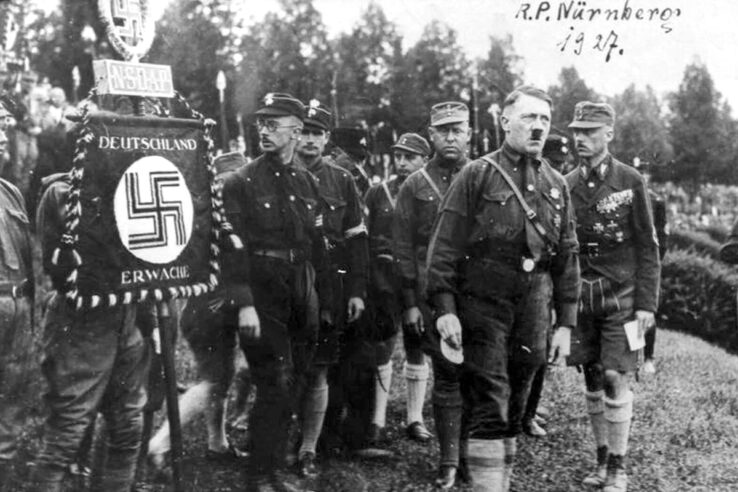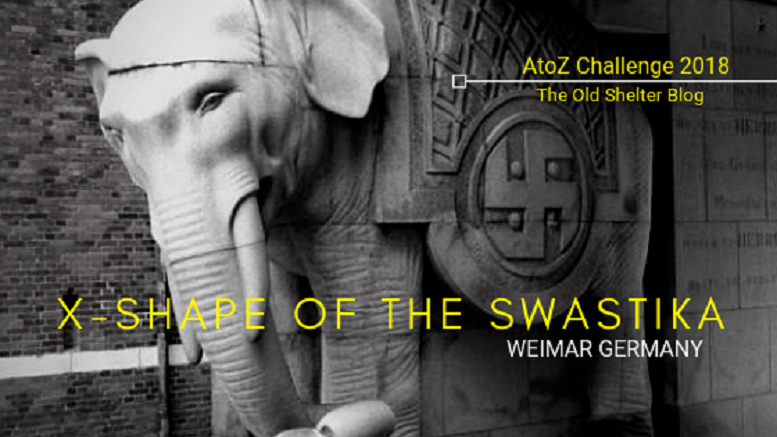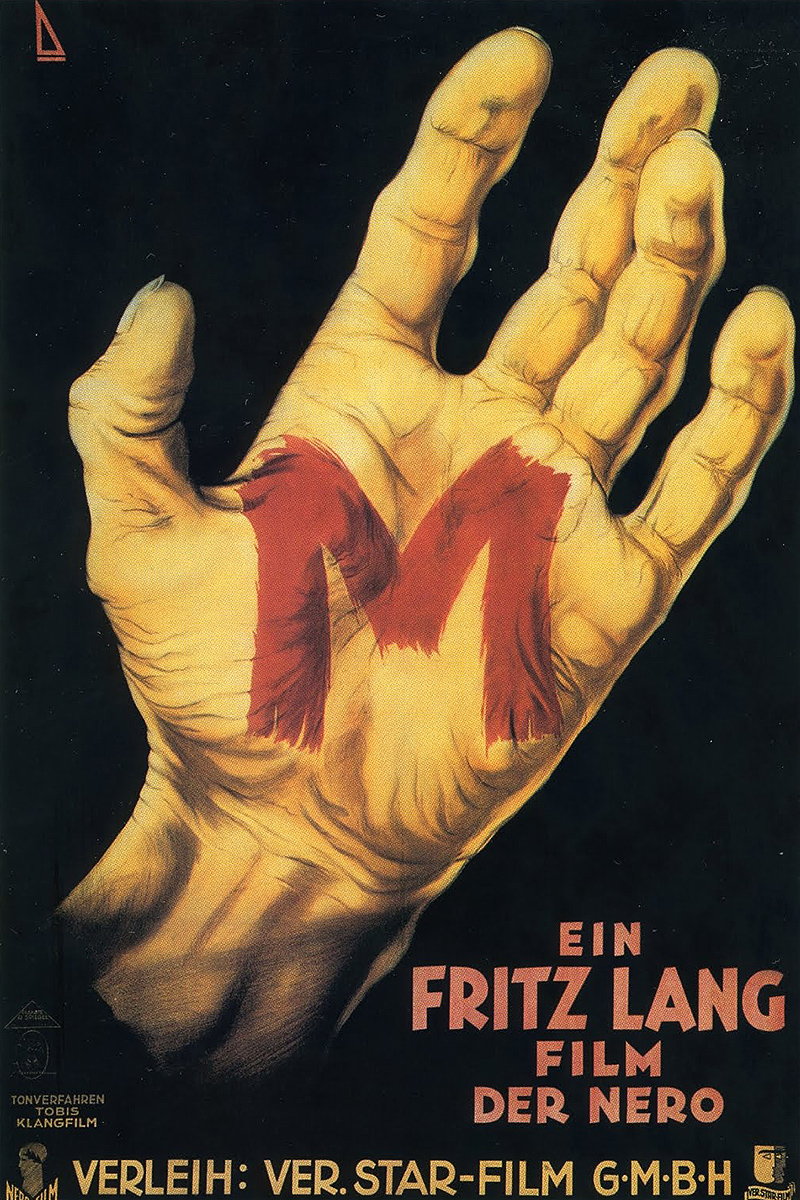Symbols are strange beasts. The swastika, which has been a symbol of good luck and well-being for thousands of years and among many different peoples, in the last century has taken up a completely different meaning. At least for the Western world.
The word swastika derives from the Sanskrit su, which means “well”, and asti, which means “being”, and its form — the hooked cross — probably represents the sun and its movement across the sky.
Its use dates back to Neolithic Europe. One of the firsts swastikas was uncovered in Mezine, Ukraine, and it’s thought to be 12,000 years old. The routine use of the swastika as a symbol of good fortune probably started in Southern Europe. This area is now Serbia, Croatia, Bosnia and Herzegovina, with people belonging to the Vinča Culture, about 8,000 years ago. But examples of swastikas are found in many different cultures across Asia (where it is still today a symbol of good luck, for example in Buddhism, Hinduism and Jainism) and even in America, where it has been used by the Navajo.
In Germany, the symbol became a popular one in the nineteenth century, when the newly-formed German Empire knew the first surge of nationalism and attempts were made to connect the German people to the Aryans — the original Indo-Europeans, the first people to come to Europe.
In the 1870s, German archaeologist Heinrich Schliemann excavated the site of ancient Troy in modern Turkey and uncovered more than 1,800 instances of swastikas on the site.
Because the same symbol had been found among the archaeological remains of the Germanic tribes, a connection between Germanic and Greek people was made, concluding that both descended from the Aryans.
At the beginning of the twentieth century, the swastika as a symbol of German nationalism was very common and recognizable. Many nationalistic parties used it. So when Adolf Hitler devised a flag for his party in 1920, it was only natural that he thought to use the swastika. With a black swastika rotated of 45 degrees inside a white circle against a black background, the new Nazi flag evoked the idea of nationalism and the colors of the old Empire.
One of Hitler’s first actions as new chancellor was to abolish the Weimar Republic flag. On April 22, 1933, he decreed that the new flag of Germany would be the old Imperial red, white and black tricolor, which would always be flown in conjunction with the swastika flag.
In Europe, the swastika was well on its way to lose its original meaning and take up a completely different one.
This story was originally published at The Old Shelter as part of an A-to-Z challenge about the history of Weimar Germany, April 27, 2018.








2 Comments
Add YoursI seem to remember an association with comets, or Thor’s hammer spinning. The wheel like demon Buer is similar
The swastika was spread throughout the world by boat, from Northern Europe. The symbol was accompanied by dolmen construction, paganism, interpersonal violence, human sacrifice, slavery, warfare, and occasional cannibalism that originated in Northern European Early Farmers, and is certainly the “Mark of Cain” mentioned in the book of Genesis which God place on the envious and homicidal farmer Cain. From events of World War II in Northern Europe and Eastern Asia (where the symbol of the swastika migrated after the Bronze Age Collapse) it is possible to recognize that the inherited traits of Early European Farmers which spread the symbol of the swastika can lead to violence, terrorism, mass murder, warfare, and genocide. The genes which lead to these inherited traits are likely inherited from Neanderthal hunters by European hunter gatherers and Early European Farmers. Neanderthal genes tend to be more prevalent in areas where paganism, human sacrifice, warfare, and the symbol of the swastika were found in ancient times.